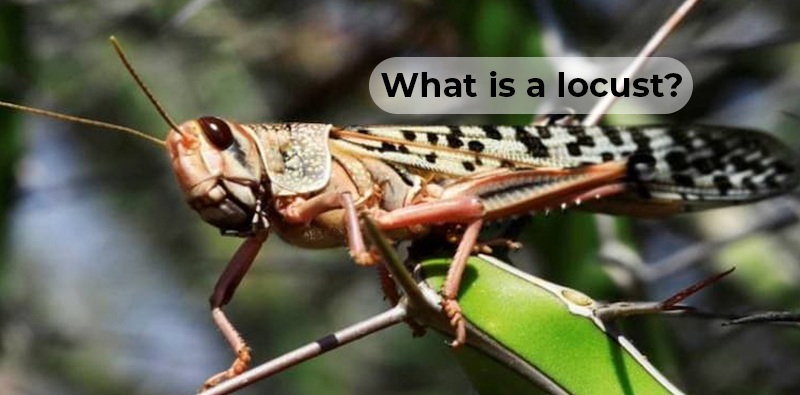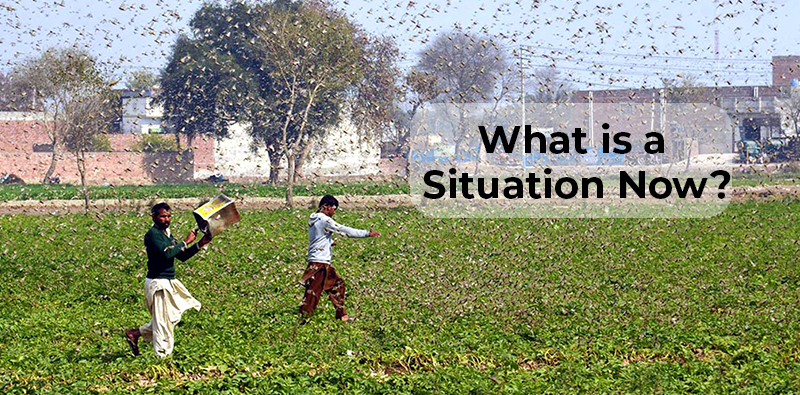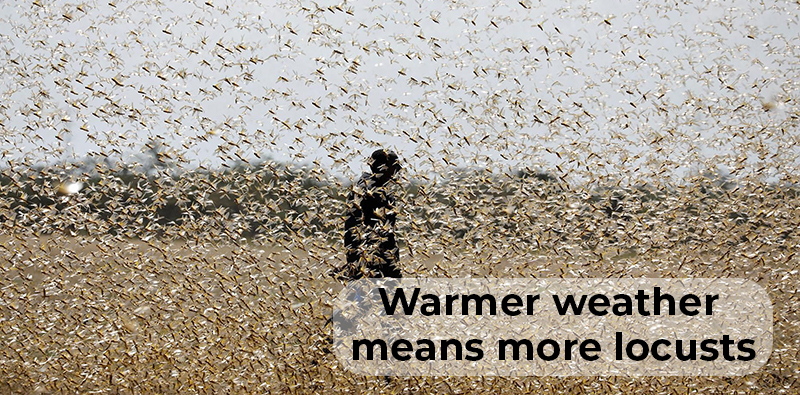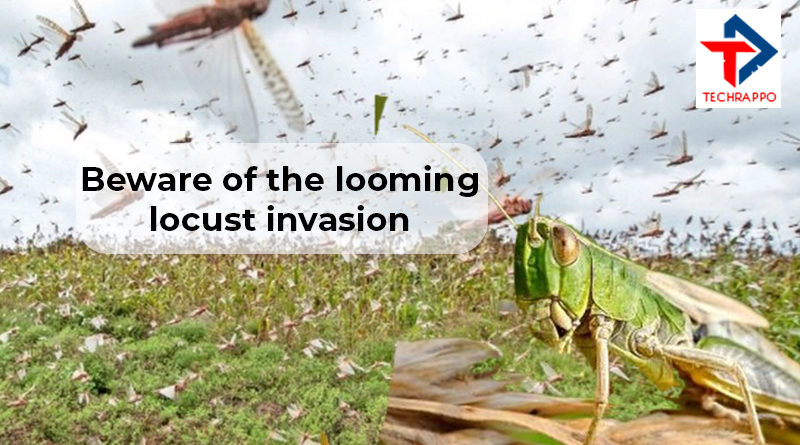Beware of the looming locust invasion
The Central government is operating drones, sending teams to spray insecticide, and issuing alerts as swarms of locusts descend on the western states of Maharashtra and Gujarat.
The drones are helping track the ravenous insects as they destroy crops, increasing fears over food security and economic malaise in the country which is already battered by the coronavirus pandemic.
Swarms of desert locusts have attacked parts of Rajasthan, Gujarat, Maharashtra, Madhya Pradesh, Punjab, and Uttar Pradesh states.
Alerts to States over probable locust attack
Delhi state government also issued alerts after suggestions that the swarms could reach the region, given forecast wind directions. And Telangana state government has alerted the authorities of Adilabad district which shares its borders with Maharashtra.
In addition to the dual menaces of COVID-19 and crop-killing insects, large parts of India are also reeling under record summer temperatures. As the locusts ravaged fields in Rajasthan, farmers already reeling from the effects of a national coronavirus lockdown were left to watch helplessly in the scorching heat of 50 °C.
Are Locust Attacked India Before?
It’s the worst locust infestation India has seen since 1993, according to the country’s Locust Warning Organisation (LWO), but the swarms aren’t new to India.
Usually, they arrive from Pakistan between July and October and remain focused in Rajasthan. This time, however, weather conditions have helped the swarms spread into neighboring states.
What is a locust?

Locusts are similar to grasshoppers but can migrate over much larger distances. A swarm can cover about 150 kilometers in a day.
The desert locusts are known to form particularly dense and highly mobile swarms, according to the United Nations Food and Agriculture Organization (FAO) desert locust information center.
They don’t attack people or animals, but they’re considered the most destructive migratory pest in the world, with a small swarm of about 4 crore locusts capable of gobbling up enough food for 35,000 people.
Situation Now

A 1-kilometer swarm can have up to 8 crore locusts, and at least 10 such swarms were chewing through crops as of Wednesday, according to the LWO. Several media outlets reported that about 123,500 acres of cropland had already been destroyed in Rajasthan and Madhya Pradesh states.
Desert Locust Management: Current status and future strategies – A Webinar By ICAR
The crop damage adds insult to the injury as many farmers were already struggling with the impact of India’s 2-month coronavirus lockdown, which left them largely without the workers to tend to their crops.
The double crisis could pose a serious threat to India’s food security in the coming months. Experts have warned that more swarms, still devouring crops in Pakistan and Africa could migrate to India in June.
Warmer weather means more locusts

Scientists have said extreme weather is to blame for the unusually large and widespread swarms this year. They claimed that the outbreak started after warm waters in the western Indian Ocean in late 2019 fueled heavy amounts of rains over East Africa and the Arabian Peninsula.
These warm waters were caused by the phenomenon called the Indian Ocean Dipole, with warmer than usual waters to its west, and cooler waters to its east.
Reason for locust attack in India now
Rising temperatures due to global warming amplified the dipole and made the western Indian Ocean particularly warm. Also, heavy rain triggers the growth of vegetation in arid areas where desert locusts can then grow and breed.
In addition, these locusts, which migrated to India early this year, might have found greener pastures as the pre-monsoon rains during March-May were in excess over north India.
All scientists and experts call for implementing proactive measures by the central and state governments to deal with the evolving situation. Any damage to the crops deals a heavy blow to the people’s livelihood and the country’s economy.
Change climate is the major driver for the occurrence of these rare and dangerous events. These climate gradients may further catalyze the scope for such extreme events across the world. Only a global concerted effort can provide us some hope in dealing with these climate-related situations.

Hi there. I found your website via Google at the same time as searching for a related topic, your web site came up. It appears great. I have bookmarked it in my google bookmarks to visit then. Kakalina Creighton Odericus